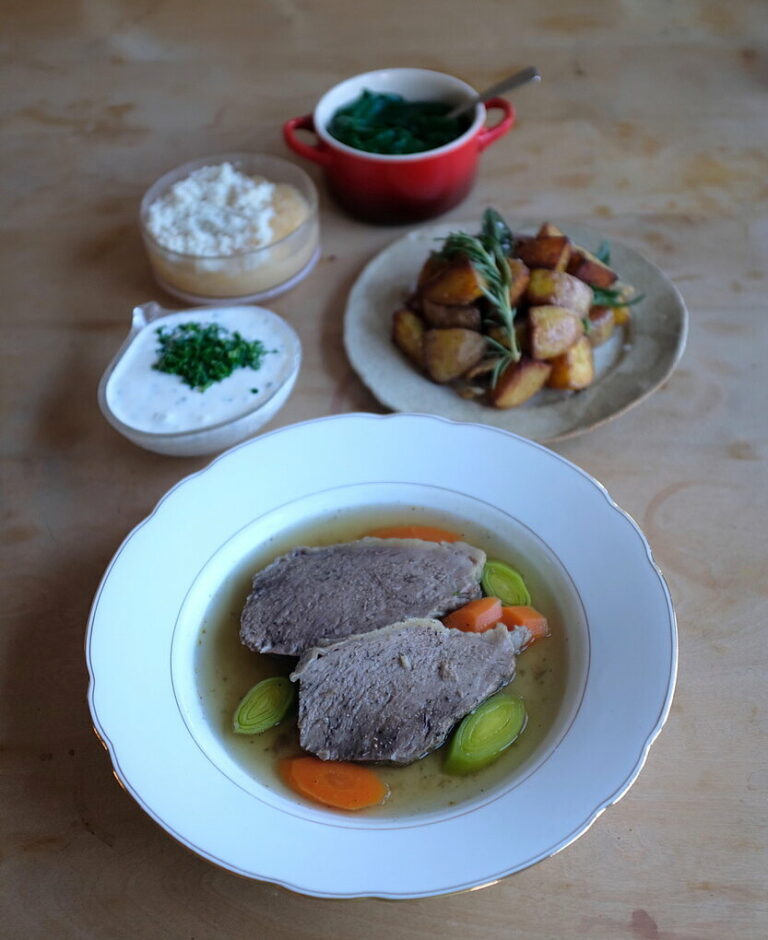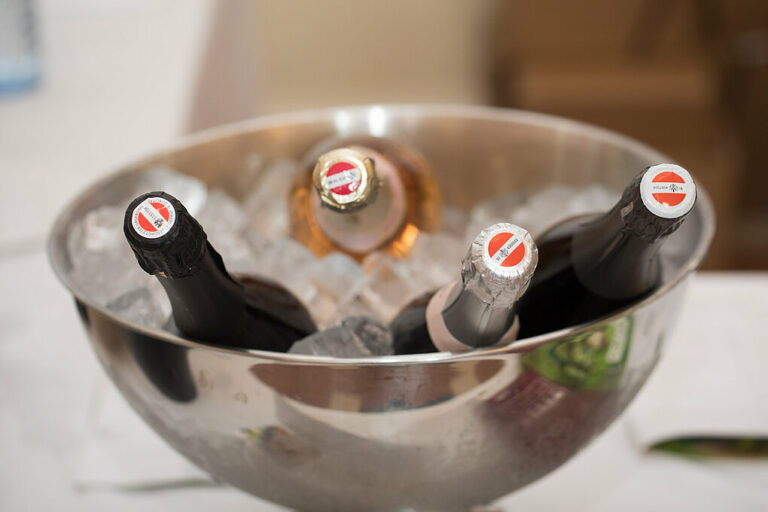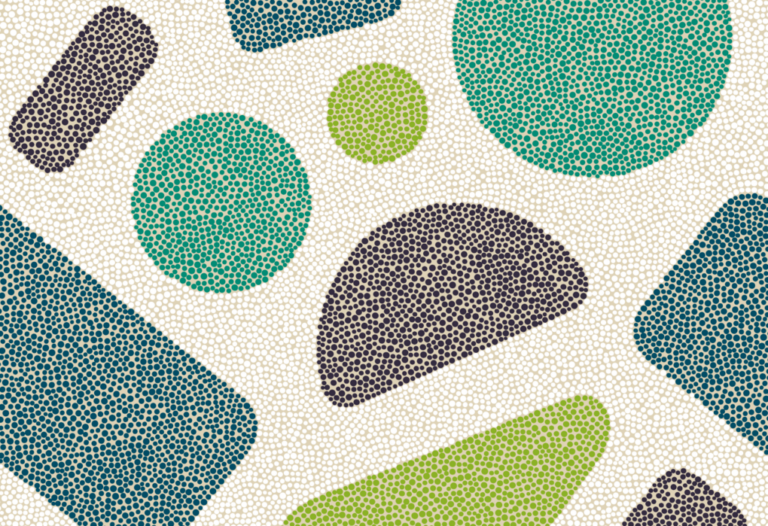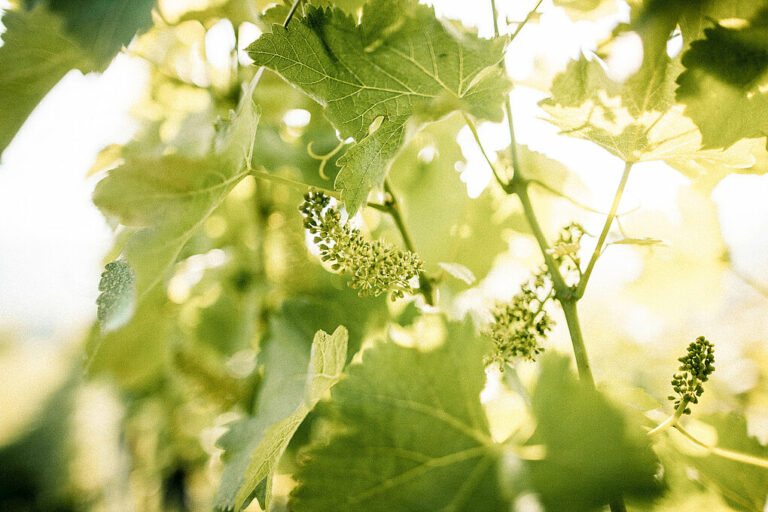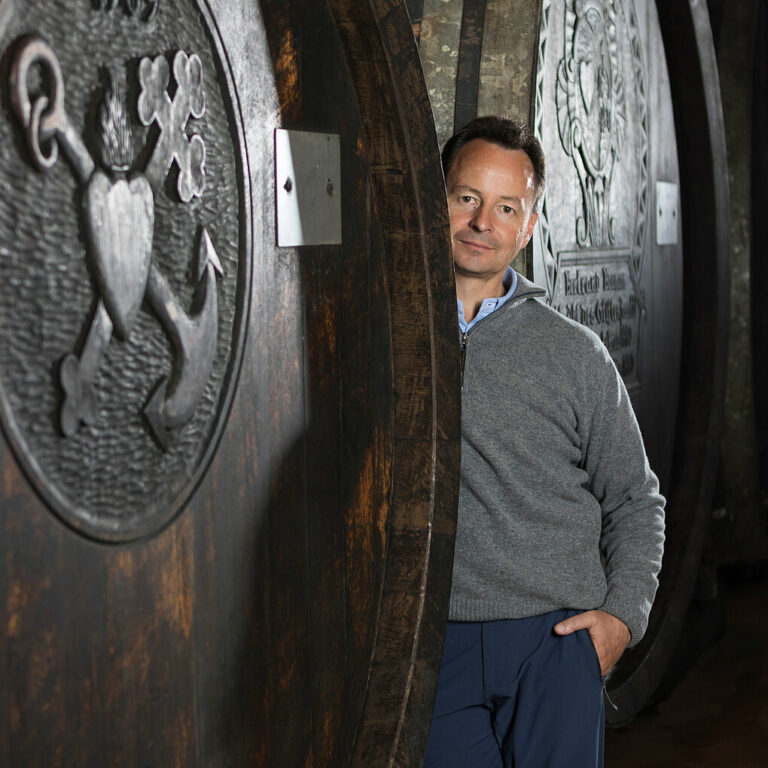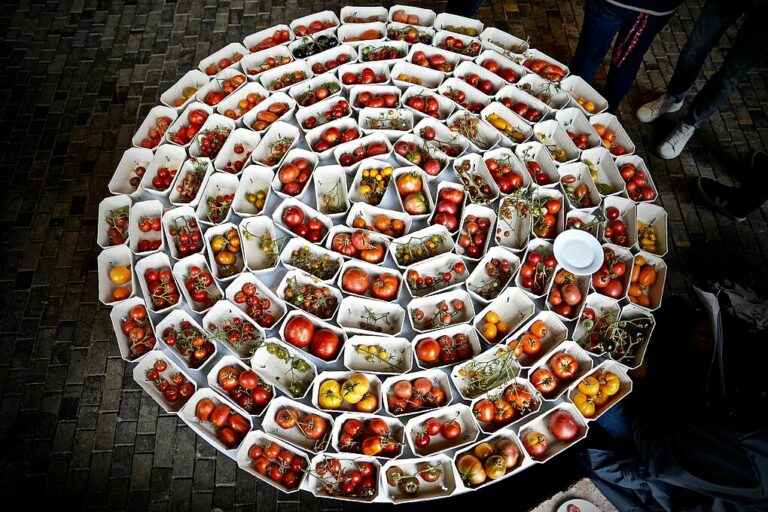Roter Veltliner: Comeback of a Diva?
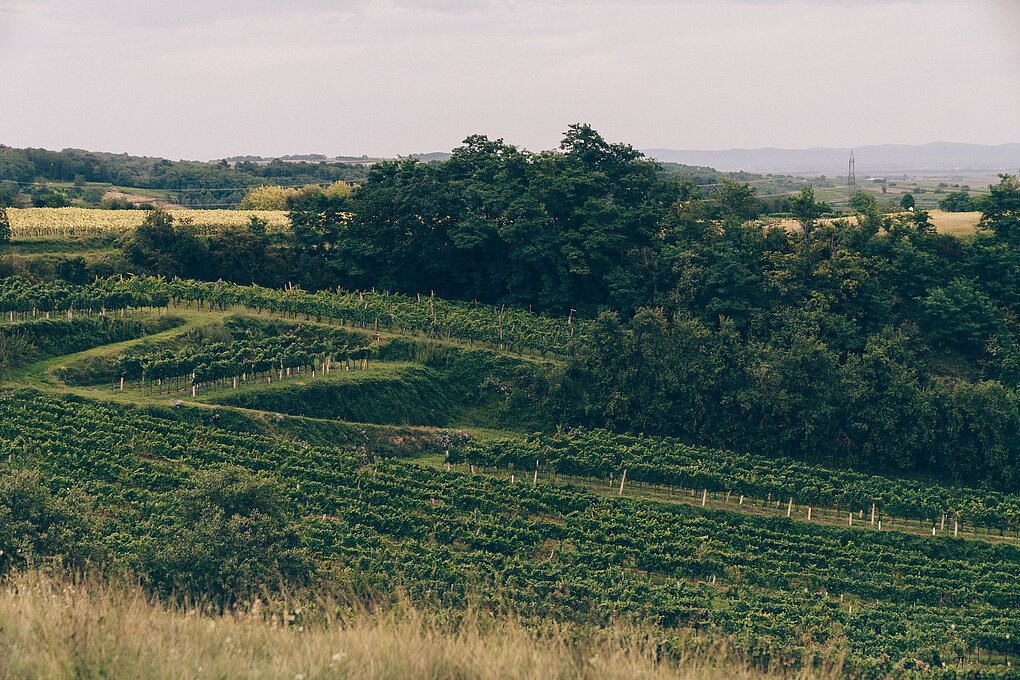
Though its name suggests otherwise, Roter Veltliner isn’t a red wine grape at all. Yet at maturity the grapes do take on a scarlet hue. And this juxtaposition is precisely what captivated Austrian winemaker Toni Söllner: “Even as a child, I was fascinated by Roter Veltliner. The grapes were red, but the wine they made was colorless.” Söllner’s organic estate is in Wagram, Roter Veltliner’s home turf. He has restored 2.5 ha to the old autochthonous variety. Söllner is not alone in his engagement on behalf of the rarity, but rather is one of 10 Austrian organic growers who have…

